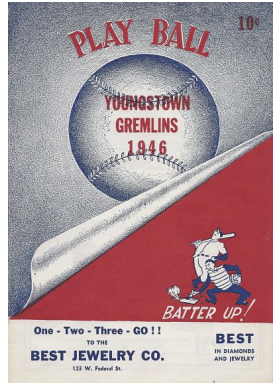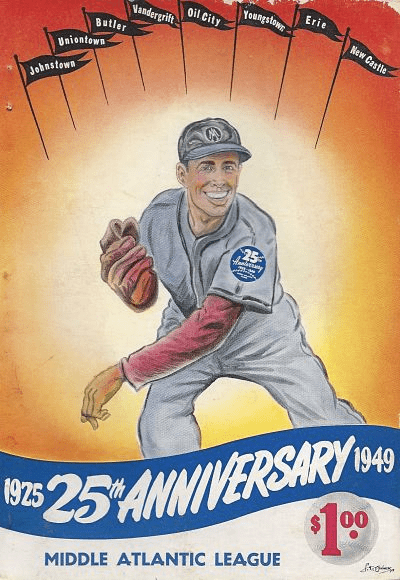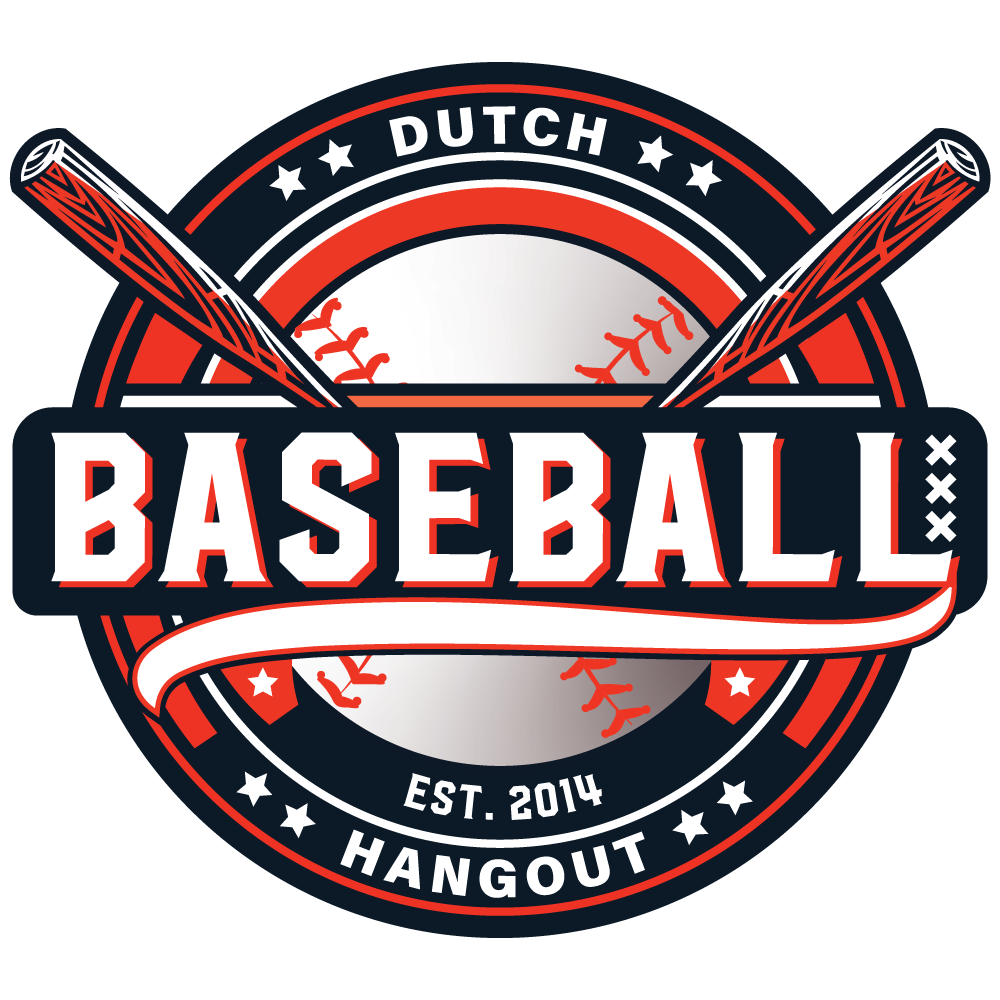Minor League history: Middle Atlantic League (1946-1951)
In this episode, we pay attention to the second and final run of the Middle Atlantic League. The league would last for six more years (1946-1951) before folding for good.
After World War II, many minor leagues returned from 3-4 years of absence. Also the Middle Atlantic League returned after it ceased operations after the 1942 season due to the American war effort.
Cities represented:
Butler, PA: Butler Yankees 1946-1947; Butler Tigers 1948-1951
Erie, PA: Erie Sailors 1946-1951
Johnstown, PA: Johnstown Johnnies 1946-1950
Lockport, NY: Lockport Locks 1951
New Castle, PA: New Castle Chiefs 1948; New Castle Nats 1949-1950; New Castle Indians 1951
Niagara Falls, NY: Niagara Falls Frontiers 1946-1947; Niagara Falls Citizens 1950-1951
Oil City, PA: Oil City Oilers 1946; Oil City Refiners 1947-1950; Oil City A’s 1951
Uniontown, PA: Uniontown Coal Barons 1947-1949
Vandergrift, PA: Vandergrift Pioneers 1947-1950
Youngstown, OH: Youngstown Gremlins 1946; Youngstown Colts 1947-1948; Youngstown Athletics 1949-1951
The Erie Sailors were the dominating team in this run. The team won three championships (1946, 1948 and 1949). The other three championships were won by the Vandergrift Pioneers (1947), Butler Tigers (1950 and Niagara Falls Citizens (1951).

League president Elmer M. Daily started a tour alongside his league’s cities as a preparation for the planning for the 1946 season. But he didn’t start to reorganize until the end of the war. In the fall of 1945 Daily started planning. He expected to return to baseball the way he had left it in 1942. But there would be quite some obstacles.
First of all Youngstown. The St. Louis Browns, who owned the Youngstown franchise before the war, showed little interest to return to the Middle Atlantic League. As a result, Daily appointed the franchise to Tom Murra. But the Browns would not accept the move by Daily as they claimed the territory. If that wasn’t enough, the Dayton Ducks announced not to return as they wanted to join the Ohio State League.
In 1947 a new city in the league, Vandergrift, only had a population of 10,500. But the city managed to draw 87,000 fans. The team managed to win the league’s championship in its first season of play thanks to the Philadelphia Phillies, who sent many good C-level players to the team. The team’s Alex Garbowski won the league’s batting title with a batting average of .396. Despite his promising numbers, he only had a cup of coffee in the Majors.
A certain pitcher that would pitch with the New York Yankees played in the Middle Atlantic League in 1947. This pitcher, Whitey Ford, couldn’t claim to be the best pitcher of the league. Though his W-L percentage was the best in the league (.765, 13-4), the pitcher of the Butler Yankees posted a 3.48 ERA. The best ERA in the league in that year was posted by Egon Feuker with 2.81. Ford’s numbers earned him a promotion to Class B Norfolk in 1948 and Class A Binghamton in 1949 before he joined the Yankees halfway the 1950 season.
Despite a second place finish and a playoff birth, the Niagara Falls Citizens drew the worst crowd of the league with 48,000. The team would move to New Castle but there the team wouldn’t fare much better in1948. A seventh-place finish and one of the lowest attendance numbers.
 In 1949, the league would celebrate its 25th anniversary. The champion of the anniversary season would be the Erie Sailors that beat the Johnstown Johnnies 4-3 in the championship series.
In 1949, the league would celebrate its 25th anniversary. The champion of the anniversary season would be the Erie Sailors that beat the Johnstown Johnnies 4-3 in the championship series.
By 1951 life started to change. More and more people moved to the suburbs as the feeling grew that downtowns became more and more dangerous. As a result, people stayed away from downtown ballparks in cities like Youngstown, Erie and Johnstown. Also TV and Little League baseball became fierce competitors of minor league baseball. The fact that Little League became more popular became clear when in Oil City only three hundred fans showed up to a free baseball game but more than 2,000 attended a Little League playoff game. As a result the league ceased activities after the 1951 season.
